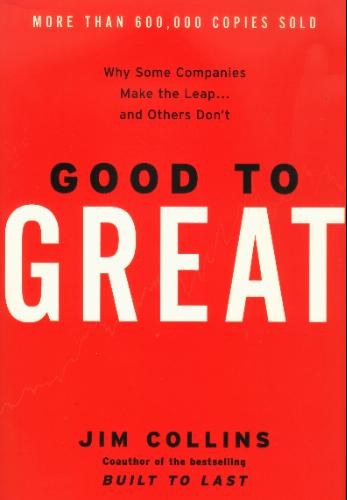Strategy Evolves, Does your Business?
 How did your business strategy come about? Was it planned out in advance in the boardroom, or was it done by some type of trial and error? Did you start out knowing exactly what you were going to become? We started with a plan, but it has evolved into one that has taken time and been filled with trial and error.
How did your business strategy come about? Was it planned out in advance in the boardroom, or was it done by some type of trial and error? Did you start out knowing exactly what you were going to become? We started with a plan, but it has evolved into one that has taken time and been filled with trial and error.
Efficience came about as a company because we had an opportunity to come together and complete a big ERP system for companies that sell copiers to businesses. My partner, April Cox Abboud, was consulting in this space, came upon this opportunity and we started the company around this project. Our intentions were to build it and sell it, over and over, to other dealers and have a winning formula for success.
For many reasons, this didn’t happen and we went on to work on Software as a Service (SaaS) products. We have been working on a handful of ideas to get out there, and we have had limited success with one, and not much at all with the others. As I continued to see and read what was happening in the world, we decided to turn into a mobile app development company and help individuals take their ideas to the market, along with helping companies do the same.
We didn’t have a certain vertical to go after in the mobile space when we started, but knew that we wanted to have one. As we have worked to build-out mobile apps for some clients, we have now come about an opportunity with one particular client in the industrial cleaning arena. That client wants to partner with us to build mobile apps for their network of other companies. This is a great opportunity to push a success story out to these other companies and fill a need that isn’t currently being filled.
I have shared with you all for a while that we have been looking for a vertical in the SaaS, and now in the mobile space, to go after. As trial and error would have it, we have stumbled upon this opportunity. Our friend Rasmus Ankersen, whom I talked about in last week’s blog, discussed this in his own blog post back in March, which focused around strategy. When Pfizer was testing a drug to treat high blood pressure in the 1980s, they found it not to be that effective, but the men in the trails didn’t want to let go of their samples. Why? Because they were having a better sexual experience and soon the drug Viagra was born.
Jim Collins, in his book Great by Choice, discusses how empirical creativity was used by the companies that excelled over their competitors by 10 times. This basically means that when we talk about strategy, what you start with gives you data that you can work with, and create from there using real world feedback. Through trial and error, it comes about and sometimes ends up being nothing close to what you started out to accomplish.
I work hard to be open, adjust strategy and apply some creativity to the real world feedback that comes in as we go. How about you?



 to search and came upon a really good book called “
to search and came upon a really good book called “

